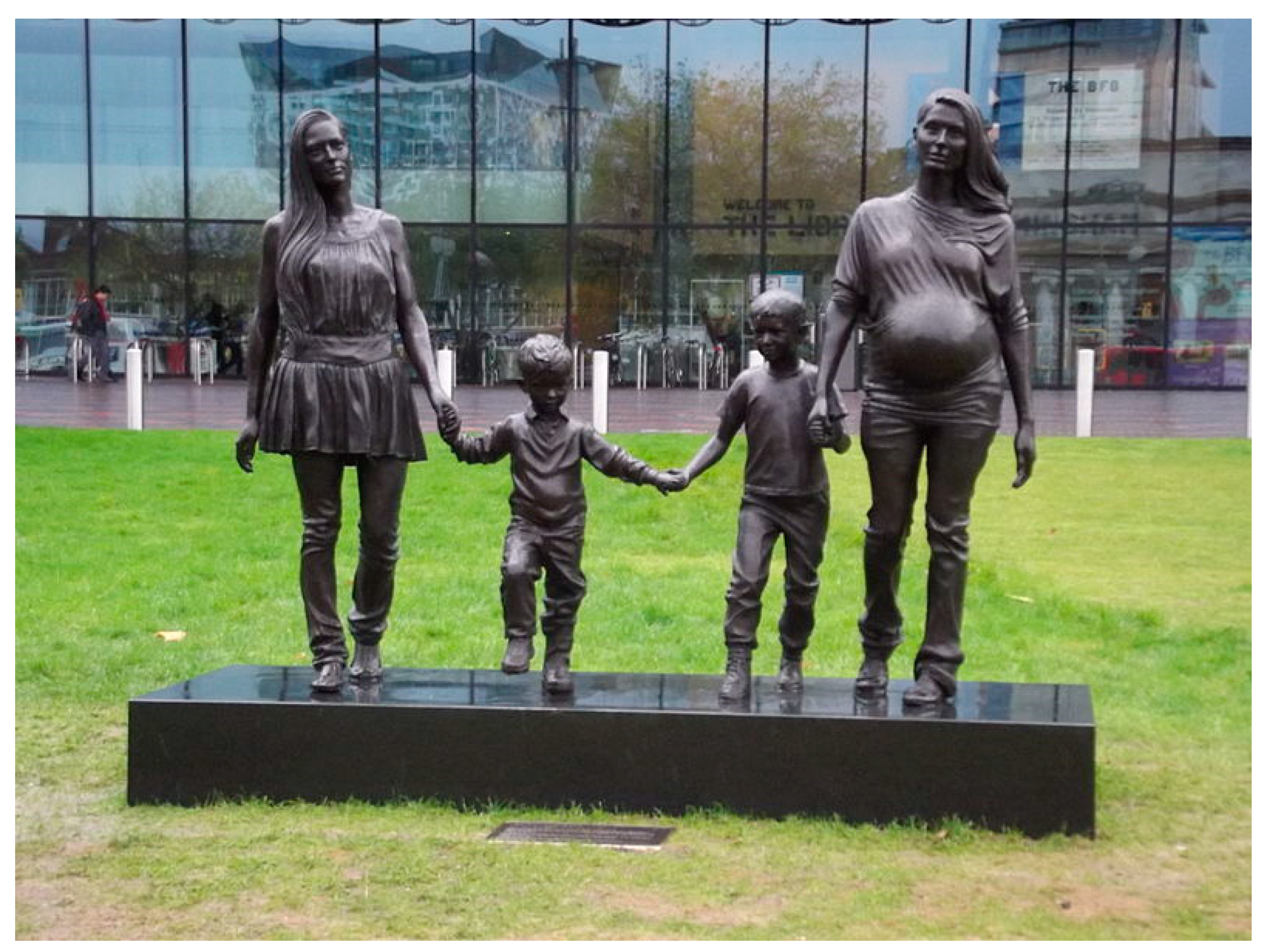Afro-Asian Connections in Latin America and the CaribbeanPosted in Anthologies, Asian Diaspora, Books, Caribbean/Latin America, Literary/Artistic Criticism, Media Archive on 2021-06-29 23:12Z by Steven |
Afro-Asian Connections in Latin America and the Caribbean
Lexington Books (an imprint of Rowman & Littlefield)
November 2018
256 pages
Trim: 6 x 9
Hardback ISBN: 978-1-4985-8708-2
eBook ISBN: 978-1-4985-8709-9
Paperback ISBN: 978-1-4985-8709-9
Edited By:
Luisa Marcela Ossa, Associate Professor of Spanish
LaSalle University, Philadelphia, Pennsylvania
Debbie Lee-DiStefano
Springfield Lyceum College Preparatory, Springfield, Massachusetts
Afro-Asian Connections in Latin America and the Caribbean explores the connections between people of Asian and African descent in Latin America and the Caribbean. Although their journeys started from different points of origin, spanning two separate oceans, their point of contact in this hemisphere brought them together under a hegemonic system that would treat these seemingly disparate continental ancestries as one. Historically, an overwhelming majority of people of African and Asian descent were brought to the Americas as sources of labor to uphold the plantation, agrarian economies leading to complex relationships and interactions. The contributions to this collection examine various aspects of these connections. The authors bring to the forefront perspectives regarding history, literature, art, and religion and engage how they are manifested in these Afro-Asian relationships and interactions. They investigate what has received little academic engagement outside the acknowledgement that there are groups who are of African and Asian descent. In regard to their relationships with the dominant Europeanized center, references to both groups typically only view them as singular entities. What this interdisciplinary collection presents is a more cohesive approach that strives to place them at the center together and view their relationships in their historical contexts.
Table of Contents
- Afro and Chinese Depictions in Peruvian Social Discourse at the Turn of the 20th Century
- Locating Chinese Culture and Aesthetics in the Art of Wifredo Lam
- Through the Prism of the Harlem Ashram: Afro-Asian-Caribbean Connections in Transnational Circulation
- Merging the Transpacific with the Transatlantic: Afro-Asia in Japanese Brazilian Narratives
- Parallels and Intersections: Literary Depictions of the Lives of Chinese and Africans in 19th Century and Early 20th Century Cuba
- Erased from Collective Memory: Dreadlocks Story Documentary Untangles the Hindu Legacy of Rastafari
- Body of Reconciliation: Aida Petrinera Cheng’s Journey in Como un Mensajero Tuyo
- “I am Like One of those Women”: Effeminization of Chinese Caribbean men as Feminist Strategy in Three Contemporary Caribbean Novels
- La Mulata Achinada: Bodies, Gender, and Authority in Afro-Chinese Religion in Cuba

